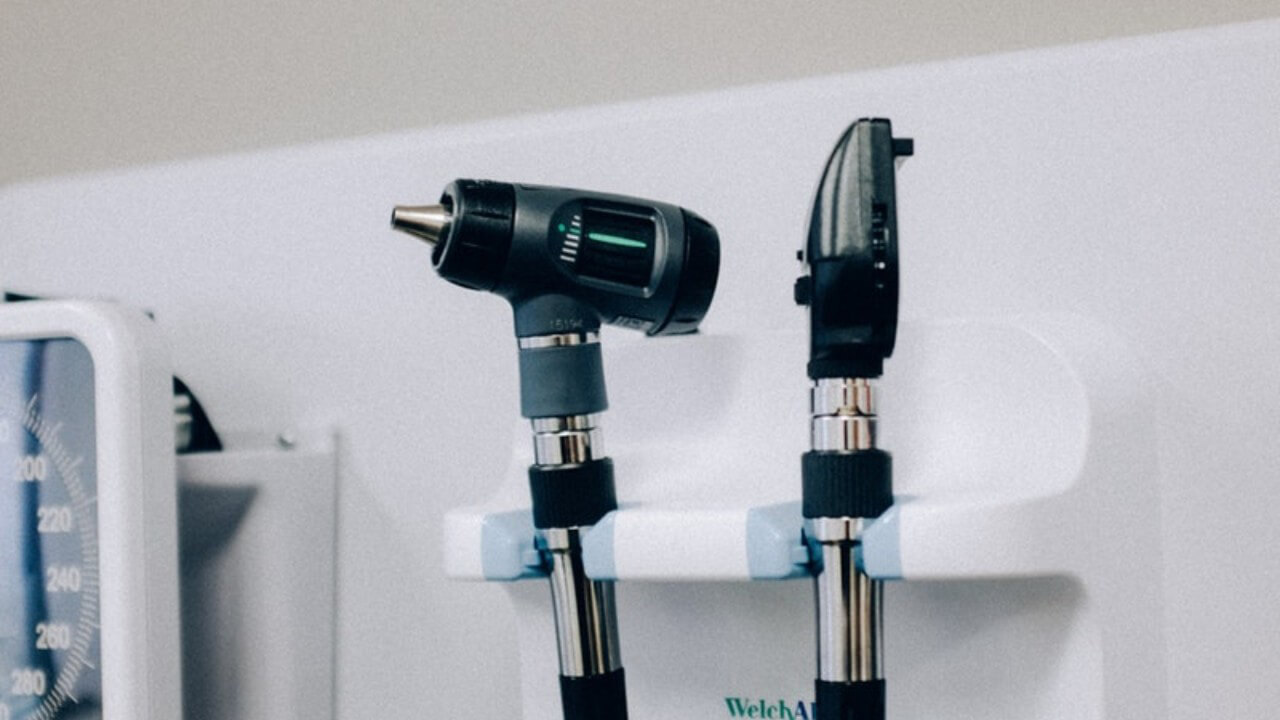While sometimes it’s obvious, the first question an organization often has to ask is; “Is our product a medical device”.
Before we get into the regulations we should review the definition of medical devices and how medical devices are classified in the United States.
The Food Drugs and Cosmetics act (FD&C) defines medical device in section 201(h) as the following:
An instrument, apparatus, implement, machine, contrivance, implant, in vitro reagent, or other similar or related article, including a component part, or accessory which is:
- Recognized in the official National Formulary, or the United States Pharmacopoeia, or any supplement to them,
- Intended for use in the diagnosis of disease or other conditions, or in the cure, mitigation, treatment, or prevention of disease, in man or other animals, or
- Intended to affect the structure or any function of the body of man or other animals, and which does not achieve its primary intended purposes through chemical action within or on the body of man or
other animals and which is not dependent upon being metabolized for the achievement of any of its primary intended purposes.
While this may seem a clear definition there are always some areas of question. For example genetic testing if done for determining heredity (and not disease states), is not a medical device unless they state anything about disease, or health.
Mobile Apps
The FDA has also issued a recent guidance on mobile apps which lists a number of mobile apps which aren’t considered medical devices such as medical education apps, as well as medical apps which the FDA is currently exercising enforcement discretion over (doesn’t intend on regulating, but they may change their mind), such as mobile apps that keep track of medication adherence, and mobile apps that help patients develop better eating habits or increase physical activity.
Good Laboratory Practice eLearning Course
Three Different Categories
In addition to the definition of medical device provided in the FD&C, medical devices are classified into three different classifications based on the risk of the device, its intended use and its indications for use.
These classifications are:
- Class I devices are the lowest risk devices,
- Class II devices being moderate risk and,
- Class III being the highest risk devices.
Class I and class II devices may also be exempt or nonexempt. In general, most class I devices are exempt and most class II devices are nonexempt, but there are exceptions.
If the device is exempt that means it’s exempt from premarket notification and is only subject to general controls.
This means the device must be made under current good manufacturing practices (cGMP) for medical devices and the company must follow 21CFR820, but a market clearance or approval is not needed prior to putting the device into the U.S. market.
21 CFR 820
Almost all devices must be manufactured under 21CFR820, but different classes of device are exempt from some of the requirements.
For example:
- Class I devices are typically exempt from the Design Control regulations, or subpart C.
- Class II devices are typically subject to the 510(k) clause of the FD&C which requires the device to have a premarket clearance and
- Class III devices require a premarket approval (PMA) prior to
putting them into the U.S. market.
This is an important distinction because devices which have a clearance cannot be marketed as “FDA Approved”, and should only be marketed as “FDA cleared” and vice versa.
The “intended use” and “indications for use” sound the same and are often a source of confusion.
- The “intended use” is the primary function of the product, while
- The “indications for use” are specific indications within the scope of the intended use
Ultrasound Example
As an example, an ultrasound may have the intended use to evaluate soft tissue with the specific indication for use to differentiate benign from malignant breast tissue.
The intended use and indications for use of the product are used to determine the risk of the device and thereby impact the devices classification.
It’s important to note that the device can only be marketed for its intended use, so any advertising or claims beyond that scope are in violation of the law. Many organizations will try to de-risk their device by restricting the intended use in a manner that moves it from, say a class III device to a class II device, in order to get the device to market sooner.
This isn’t always the best strategy, particularly for new technologies, because the initial classification sets the standards for which the organizations competitors also have to adhere to and setting the bar higher for the competition can be extremely advantageous.
In either case, the intended use and indications for use are the primary drivers for determining the devices classification.
An Easy to Understand Guide 21 CFR Part 820 Volume 1
This is an extract taken from our publication An Easy to Understand Guide 21 CFR Part 820 Volume 1 written by Don Rackham.
Don is a results-oriented-quality professional with over twenty years of experience in the life sciences, clinical diagnostics and the pharmaceutical industry. Extensive technical expertise in cellular analysis techniques and methods, and experience in a GMP/GLP environment.
Click here if you would like to learn more about Don’s book.






